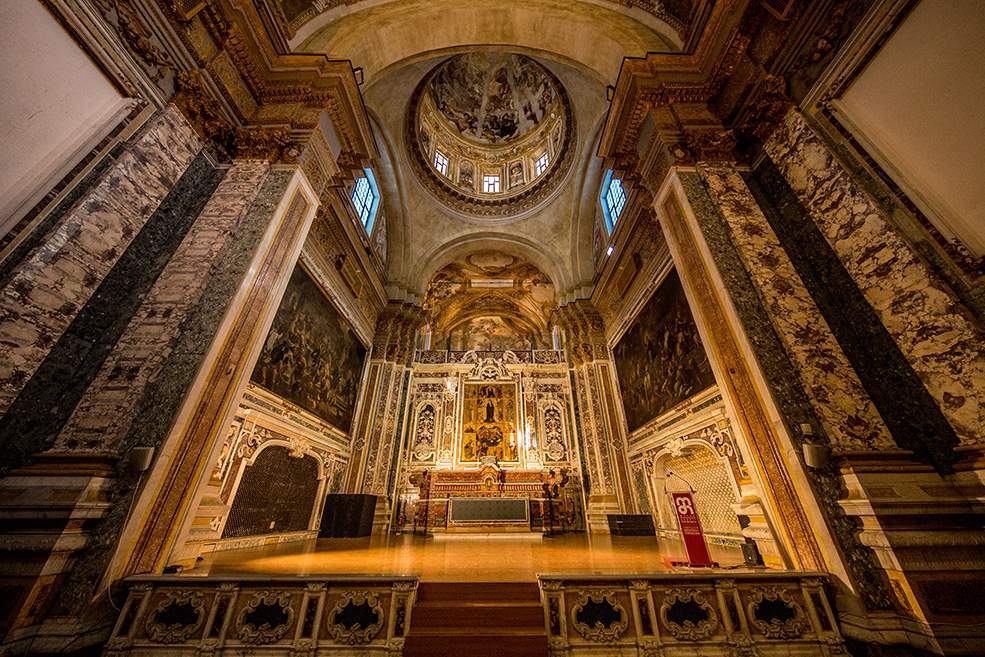In Naples, the revitalization of the 14th-century Donnaregina complex will soon begin, thanks to an agreement between the City of Naples, the Diocese of Naples and the University of Studies “Federico II” of the Neapolitan city. The three institutions reached the agreement in order to collaborate on the enhancement, care and public enjoyment of the monumental complex: in addition, the University will continue to host, within the complex (and particularly in what remains of the ancient convent) the headquarters of the School of Specialization in Architectural and Landscape Heritage. One of the novelties is that the School will no longer be just a place for training and educational activities, but will also host exhibitions, conferences, and cultural initiatives that will serve to spread as much knowledge as possible about the great heritage of the Donnaregina complex. The Diocese also confirmed the spaces made available to the Bovio-Colletta School, an educational institution located within the complex.
“The fourteenth-century Church of Donnaregina, part of the larger Monumental Complex,” said Alessandra Clemente, alderman for youth and heritage, and Carmine Piscopo, alderman for common goods and urban planning, “is among the highest manifestations of fourteenth-century architectural culture, as well as a symbol of the tradition of Architectural Restoration in Italy. The approved Enhancement Agreement intends to follow up on a different way of enhancing the public cultural heritage, through institutional collaboration between the City, the University and the Diocese of Naples, which takes into account other indicators, such as the benefit of use and the value of services that the reactivation of an asset has on a territory and on a given community.”
The Donnaregina complex includes the church of Santa Maria Donnaregina Vecchia (whose construction began in the 14th century), the church of Santa Maria Donnaregina Nuova (dating back to the 17th century) and remnants of the ancient convent, where the Neapolitan university’s School of Specialization is now based, as mentioned. The complex also houses, inside the seventeenth-century church, the Diocesan Museum of Naples: all combine to form a sort of unicum in the city’s historic center, with evidence ranging from medieval to Baroque art. Particularly valuable in the old church are the choir frescoes, attributed to the school of Pietro Cavallini (this is the largest cycle of 14th-century frescoes that exists in Naples), those of the Loffredo chapel, the work of an original interpreter of Giotto’s lesson, as well as one of Tino di Camaino’s masterpieces, the Sepulchral Monument of Mary of Hungary, one of the most interesting examples of 14th-century sculpture. On the other hand, as far as works of art of the 17th century are concerned, the new church houses paintings by Luca Giordano, Massimo Stazione, Micco Spadaro, Andrea Vaccaro, and Dirk Hendricksz: in general, the new church is one of the masterpieces of the Neapolitan 17th century.
Pictured: the nave of Santa Maria Donnaregina Nuova.
 |
| Naples kicks off the revitalization of the 14th-century Donnaregina complex: agreement between City Council, Diocese and Federico II University |
Warning: the translation into English of the original Italian article was created using automatic tools. We undertake to review all articles, but we do not guarantee the total absence of inaccuracies in the translation due to the program. You can find the original by clicking on the ITA button. If you find any mistake,please contact us.